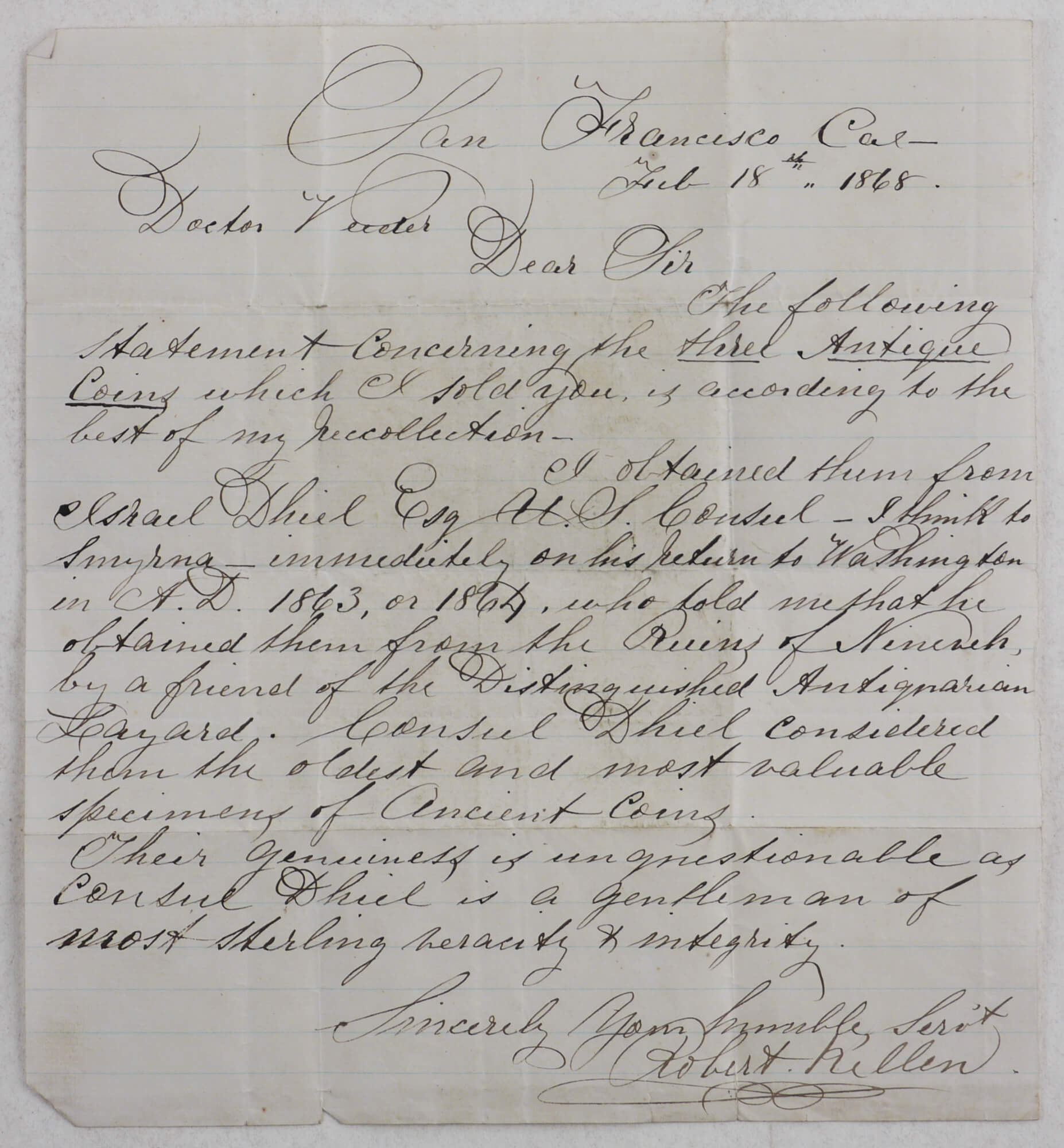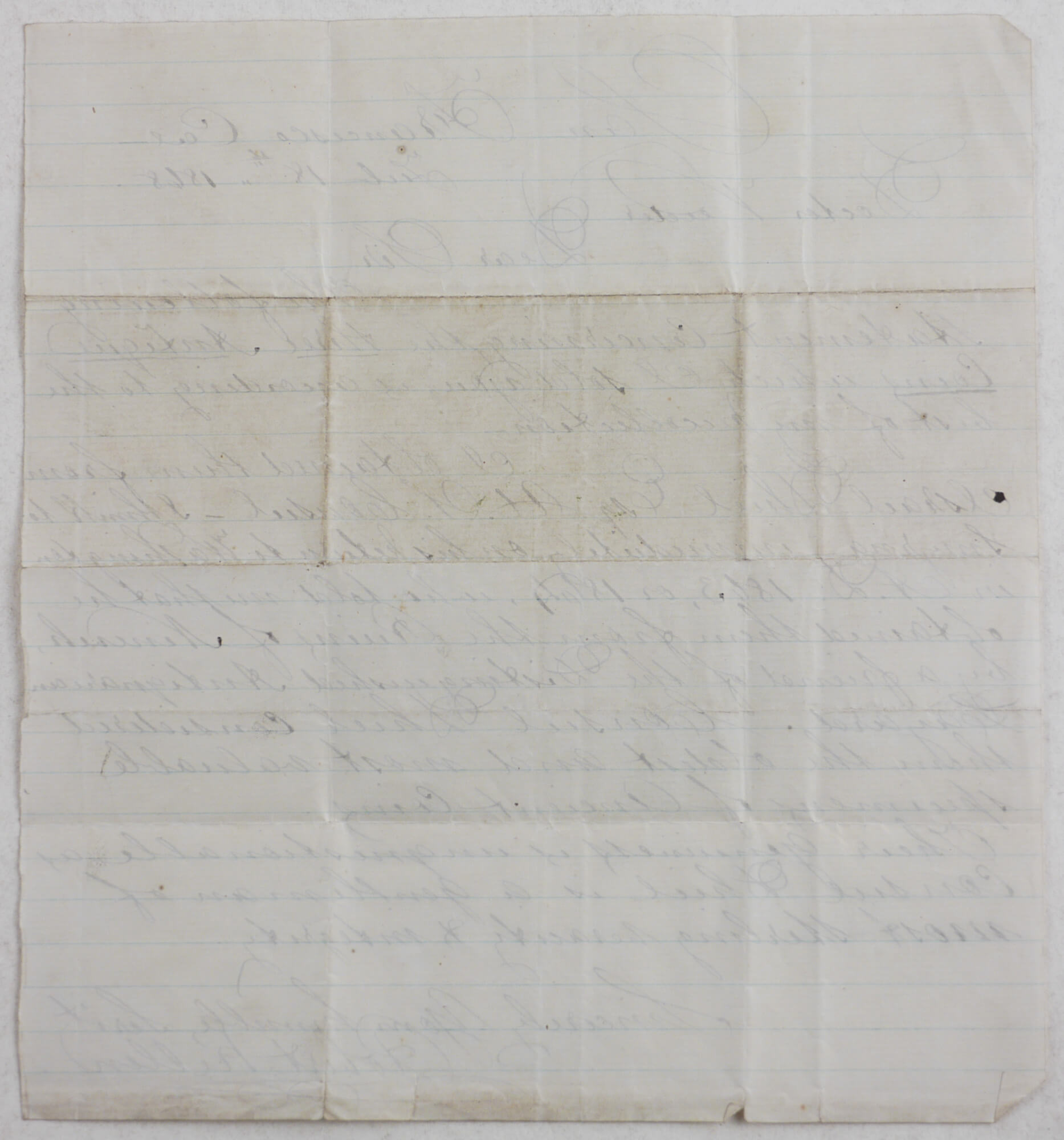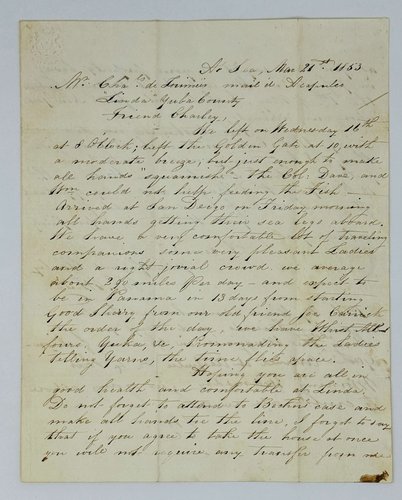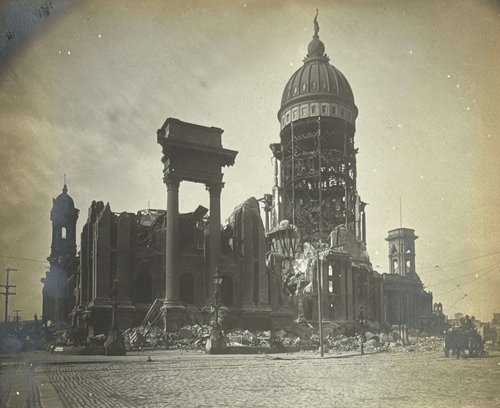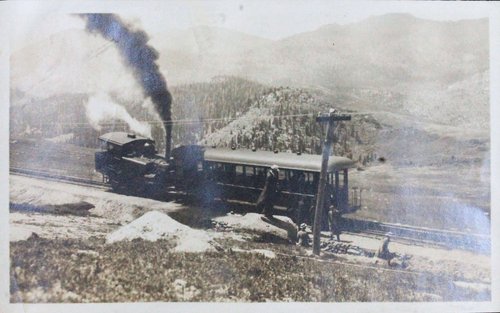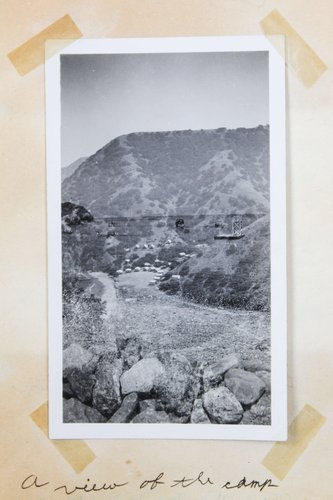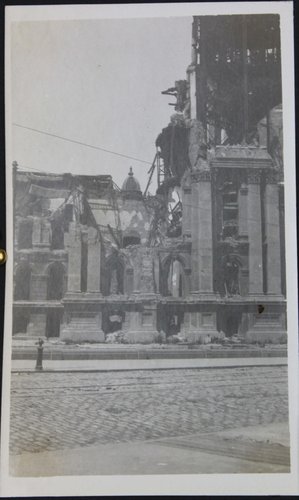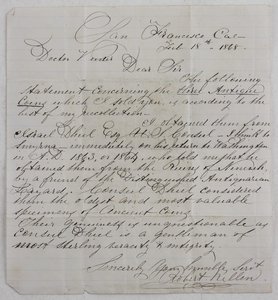
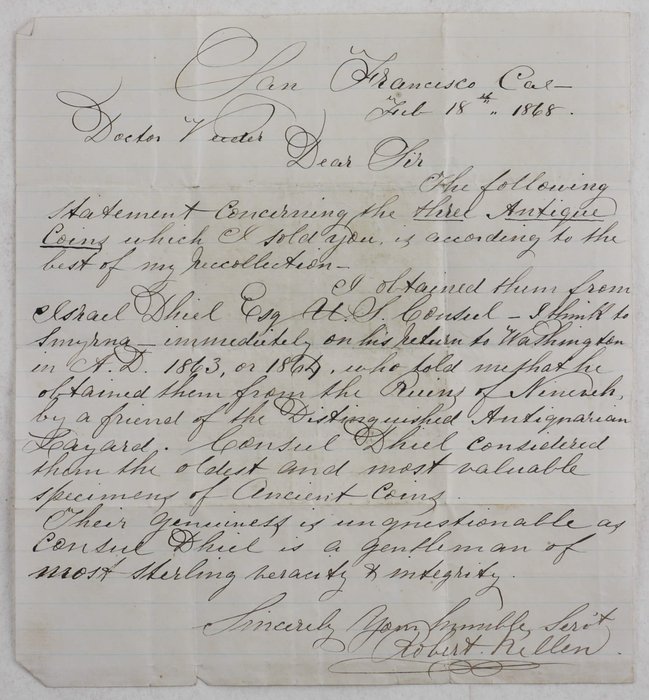
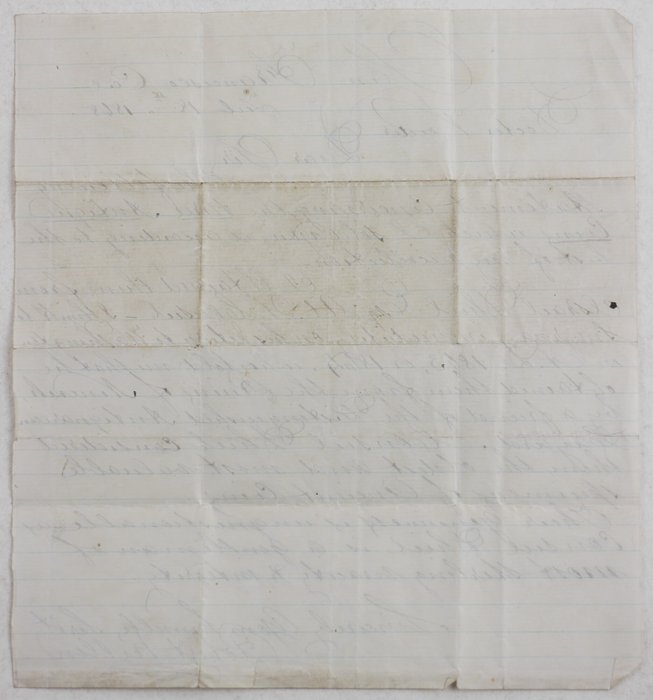
#MA28
February 1868
Large Octavo (ca. 21,5x20 cm or 8 ½ x 7 ¾ in). 1 p. Black ink on lined laid paper. Foldmarks, paper slightly age-toned, a couple of minor tears on extremities, but overall a very good letter.
This letter gives rare insight into the early years of the American antique coin market and documents one of the earliest sales from the mints from Nineveh, now considered Iraq’s lost cultural heritage. The letter was penned only ten years after the establishment of American Numismatic Society in New York, a time when coin collecting was first gaining popularity in the United States.
In the text, the author, Robert Kellen, talks about the three “oldest and most valuable specimens” of ancient coins that the addressee (“Dr.”), one of the first coin collectors in the US, purchased from him earlier. Assuring “Dear Sir” about the unquestionable “genuineness” of these mints, Kellen insists that the coins were originally obtained from the Ruins of Nineveh, apparently during Henry Layard’s (1817-1894) discovery of the city remains (1847-1849). The young archaeologist and “distinguished antiquarian” was permitted by the Ottoman Sultan to excavate the ancient site and ship off uncovered antiquities (including Roman and Greek mints) to his patrons and friends. According to the author, the three antique mints he sold to “Dr.” were initially purchased by Israel Diehl (the US Consul at Java) from Layard’s friend during his trip to Eastern countries. “Hon. Israel S. Diehl, late U.S. Council at Batavia, Java, … has traveled through all the countries of the East, and occasionally lectures on his experiences in the old world. His lectures are illustrated with diagrams of the cities, ruins, palaces, customs and manners of the Holy Land, Egypt and Asia Minor. He has also many relics gathered among the ruins of Babylon, Nineveh, and other ancient cities.” (The Morning Herald. 10 April 1864). Kellen claims that he purchased the coins from Diehl immediately after his return to Washington (1863/1864) and assures the addressee that the authenticity of the mints is “unquestionable” as the US Consul “is a gentleman of… integrity.”
By the 1940s, when the Iraqi government established a legal basis for collecting and housing Iraq’s historical heritage, the antiquities given by Layard to his friends and relatives came to be seen as Iraq's lost cultural heritage.
Overall, an interesting original autograph letter addressed to a pioneer coin collector in the US, giving insight into the early years of the American antique coin market and documenting one of the earliest sales from the mints from Nineveh, now considered Iraq’s lost cultural heritage.
The text of the letter (original spelling preserved):
“The following statement concerning the three Antique Coins which I sold you, is according to the best of my recollection.
I obtained them from Israel Dhiel Esq. US Consul - I think to Smyrna - immediately on his return to Washington in A. D. 1863, or 1864, who told me that he obtained them from the Ruins of Nineveh, by a friend of the Distinguished Antiquarian Layard. Consul Dhiel considered them the oldest and most valuable specimens of Ancient Coins.
Their genuineness is unquestionable as Consul Dhiel is a gentleman of most sterling veracity & integrity”.

